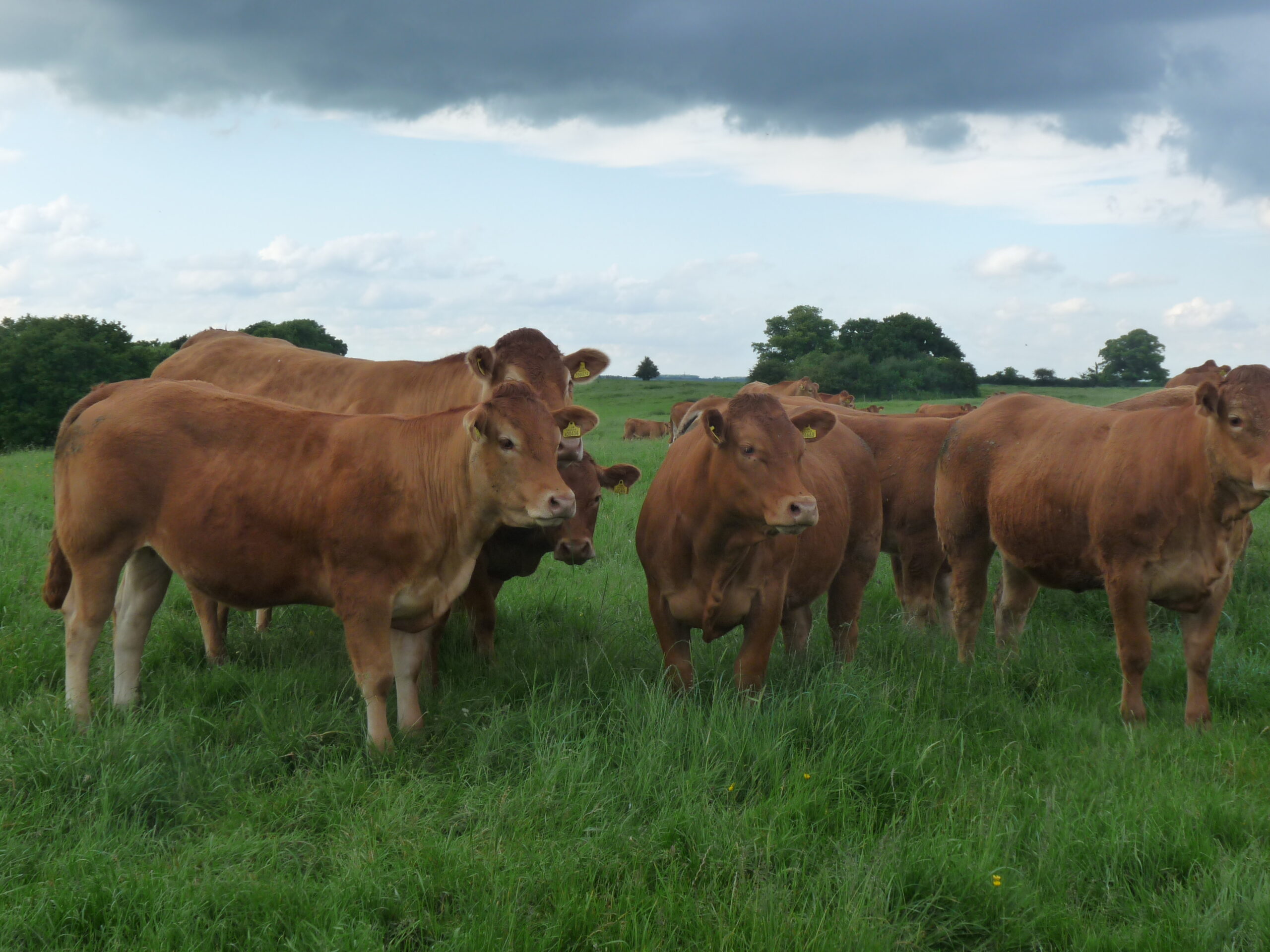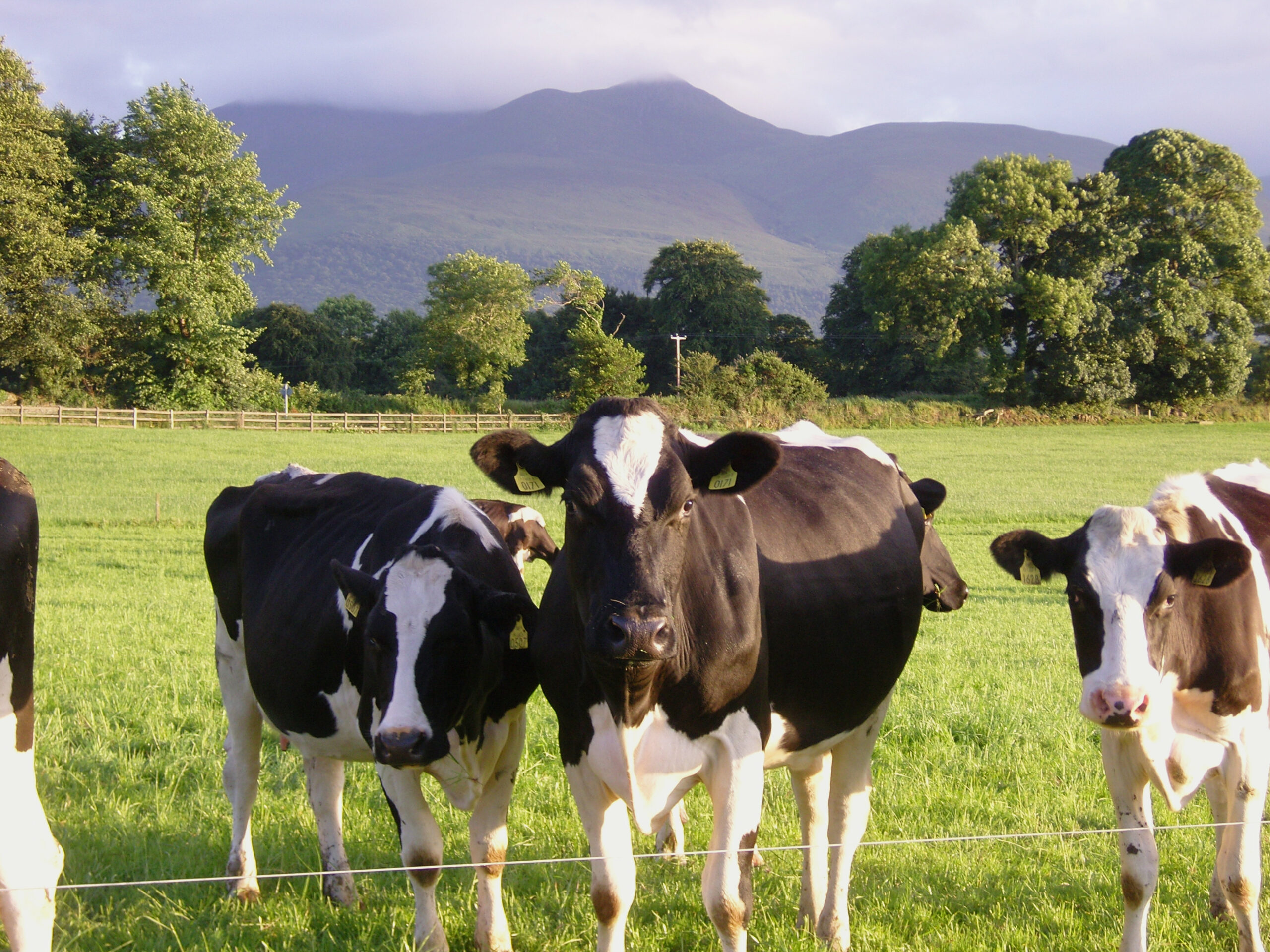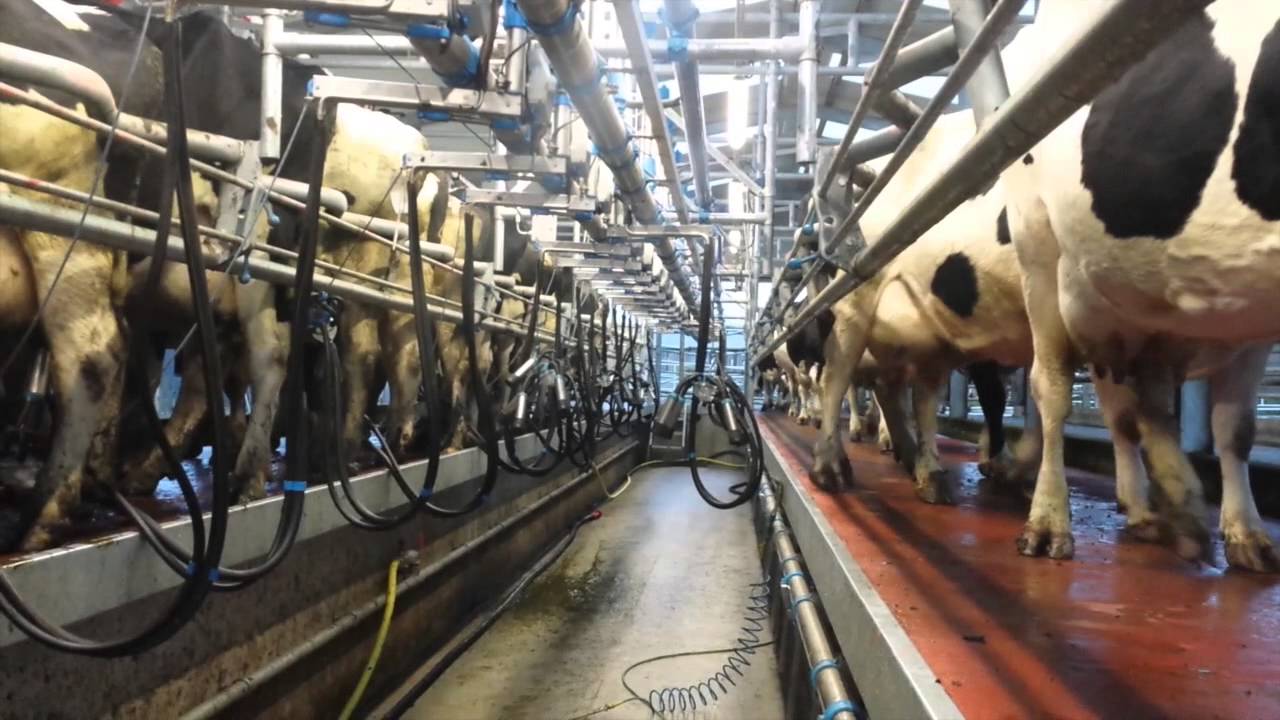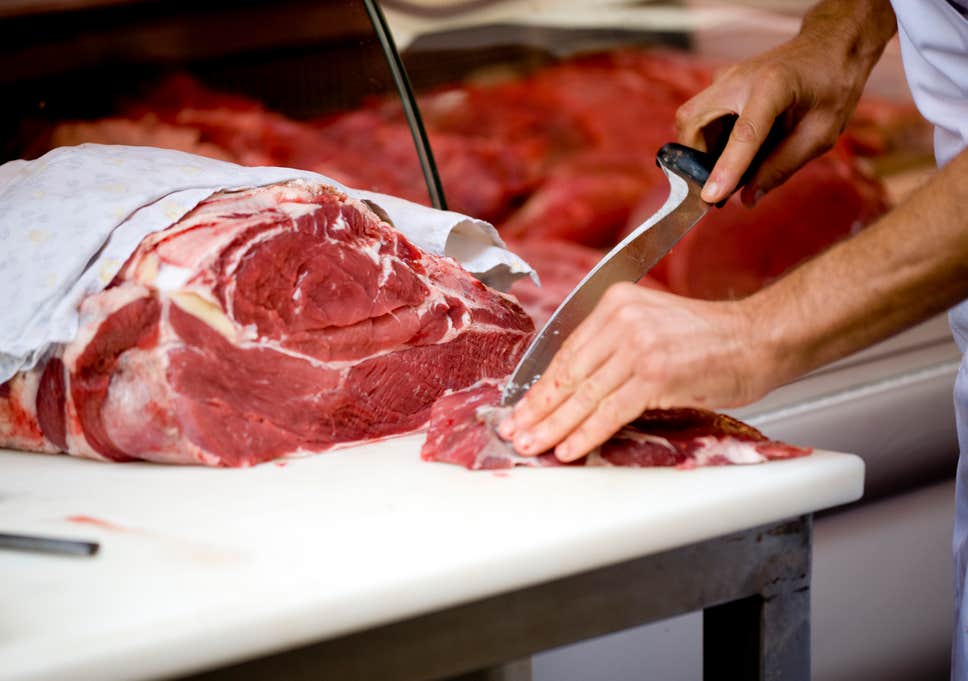The prime farmgate beef price continues to perform well. Deadweight values are in the region of 45ppkg more than at the same period last year and about 35ppkg higher than the 5-year average. It is a similar picture for the cull cow trade. For both categories, prices for poor specification cattle fell a little over the fortnight to 6th February, but for higher specification cattle, the prices have continued to strengthen; highlighting the need to hit specification. But what can be expected going forward?
The AHDB has released its latest Market Outlook and is forecasting a 5% reduction in production in 2021, with domestic consumption falling by 3%. Imports are expected to grow by 4% together with a 3% decline in exports, both mainly due to lower domestic production.
 Production
Production
The AHDB is forecasting prime cattle slaughter to decline by 5% year-on-year to 1.95m head. According to BCMS figures the number of prime cattle (aged 12-30 months) was 5% less in October 2020 compared to year-earlier levels. Added to this, strong prices in 2020 saw producers drawing cattle forward early, resulting in prime cattle slaughter numbers finishing the year 2% up when a decline was expected. Therefore, supplies for 2021, particularly in the first half of the year, are expected to be tight. Carcase weights have been steadily declining over recent years and this is expected to continue, particularly if prices remain strong, encouraging producers to finish cattle quicker and at lighter weights. High feed prices will add to this trend.
Trade
Beef imports are forecast to rise by 4% in 2021. Demand from the food service sector is anticipated to increase as lockdown ends and, although consumption is expected to decline, this will not be enough to offset the drop in domestic production and imported beef will be used to make up the shortfall. However, imports may also be limited by tighter Irish supplies, especially in the first half of the year. Lower domestic production will result in exports declining again. The AHDB is forecasting a 3% reduction as trade friction at the borders due to Brexit and disruption in the food service sector in Europe, due to Covid-19, also affects exports.
Consumption
Beef has faired pretty well during the pandemic after the initial carcase balance problems. It has seen the greatest volume increase in retail of all the proteins during the Coronavirus outbreak. According to market research company, Kantar, for the w/e 27th December beef retail volumes were up by 11% on the year. The largest growth was for mince, burgers and steaks. However, the out-of-home market for beef fell by 56%, although delivery and takeaway volumes of beef rose by 28%.
Price Outlook
Tighter domestic and Irish supplies should help maintain the current strong prices in the short term. Last year also showed higher retail demand supporting prices whilst the food service sector was restricted. The greatest question appears to be whether consumer demand will remain robust if 2021 sees the full economic effect of Covid hit home. Even if consumers continue to buy beef, they may switch to cheaper cuts, causing carcase balance issues once again which could lead to downward pressure on prices.
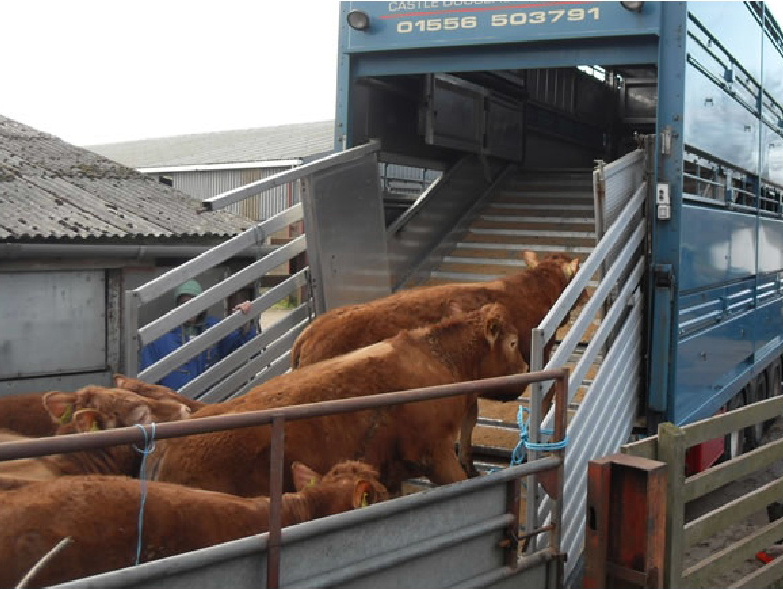
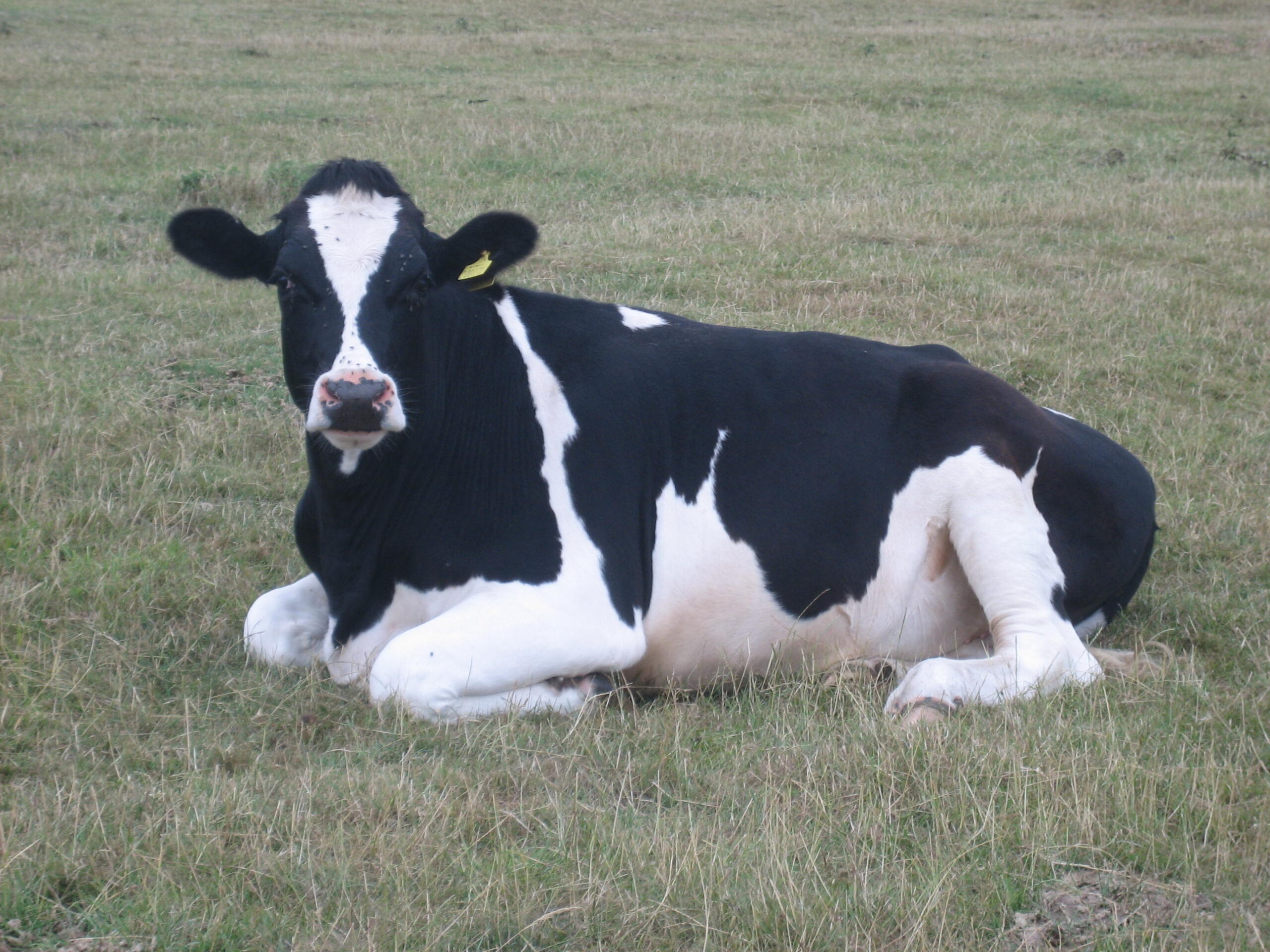
 Production
Production